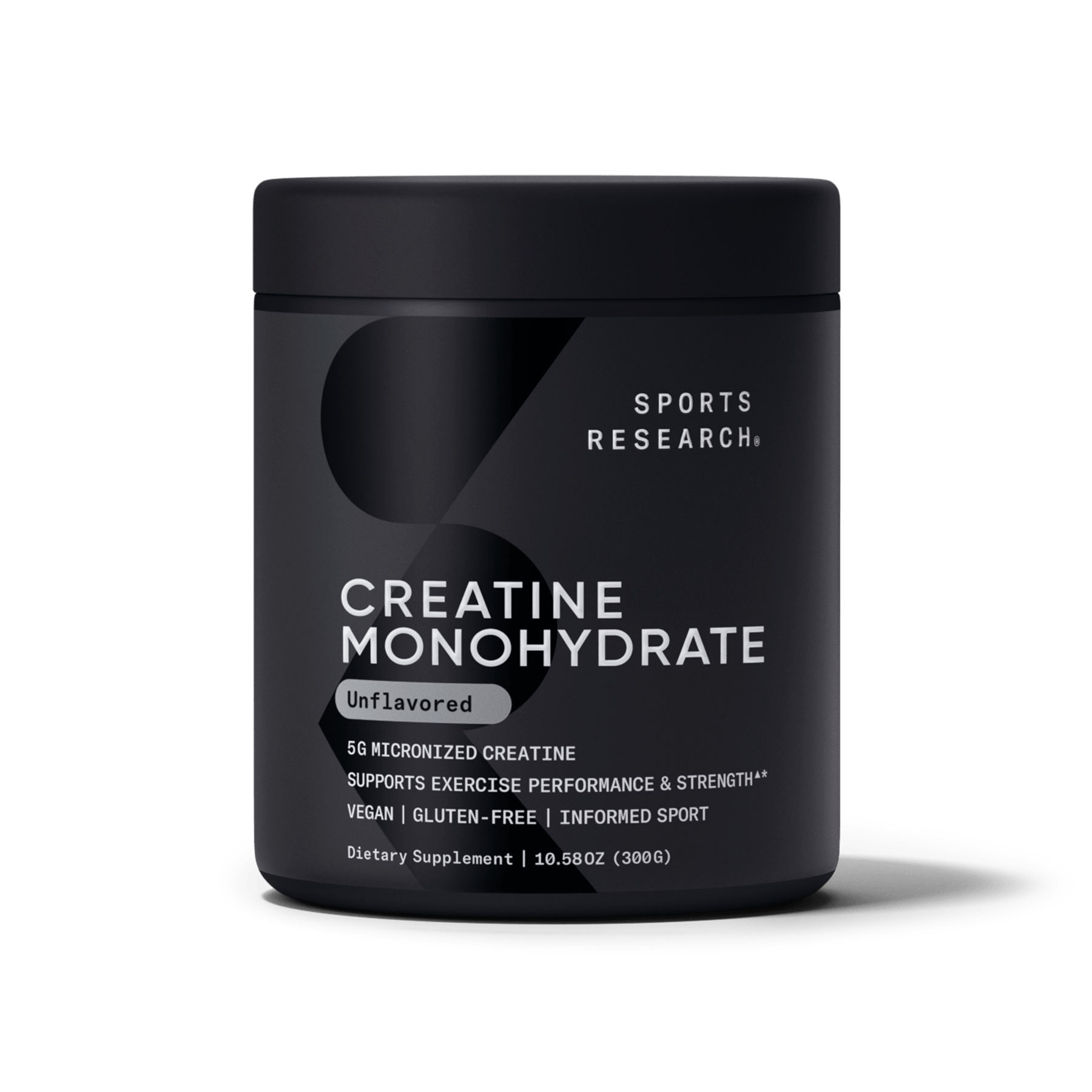Can I eat too much while racing or training?
The short answer is yes!
While we know food is fuel, the reality is that our digestive tracts can only absorb so many nutrients at once. If you overload your system, you will likely end up with GI issues like nausea, bloating, cramps…or worse!
So how much is too much?
We recommend starting with 150-200 calories per hour of activity for races or training sessions over 60-90 minutes.
It’s possible to train your body to absorb more calories, and some people can tolerate up to 400 calories per hour. More calories in means more energy to burn and less reliance on stored carbs (glycogen).
To train your gut to absorb more calories, start out at 200 calories per hour during a long run or ride and add 25-50 calories per hour on successive long training sessions to assess your tolerance. (Note – training your gut to absorb more than 250 calories per hour is important for events lasting longer than 2.5 hours. For events under 2.5 hours, you can afford to rely more heavily on your body’s glycogen stores.)
What should I eat?
Carbohydrate are the easiest energy to absorb and metabolize during endurance activities or high-intensity exercise. When you exercise, blood flow to your viscera (i.e., stomach, digestive tract) is redirected to your muscles to provide sufficient oxygen for muscular contractions. Reduced blood flow means reduced ability to digest and absorb nutrients. It’s not surprising that half of endurance athletes encounter GI issues during exercise!
Here’s how to keep your gut happy (and hungry):
- Avoid protein, fat, and fiber rich foods. These take more effort to digest and slow down absorption.
- Eat a blend of carbohydrates. Your body can tolerate a blends of glucose + fructose (for example) at higher volumes than carbs from a single source, such as glucose alone.
- Be wary of candy at aid stations. Simple sugars can cause GI distress. Those sugary candies might sound like a great idea but can do more harm than good in large quantities. Instead, mix it up with starchy carb sources, like pretzel twists, to keep your stomach from rebelling.
- Try drinking your calories. Experiment with different forms (liquid, gel, solid) and find what works best for you. Whichever combination you choose, be sure to hydrate along the way. Dehydration can also lead to GI distress, even if your nutrition is spot-on.
- Protect your muscles with branched chain amino acids (BCAAs). If you’re worried about muscle breakdown during long events, skip the protein and take BCAAs, which are the building blocks of protein that are already broken down and readily absorbable. We like to think of them as muscle insurance!
Bottom line:
- Start small by eating (or drinking) 150-200 calories per hour for activities lasting longer than 90 minutes.
- Gradually increase your body’s ability to process food during long training sessions by adding 25-50 calories per hour (one or two GU Energy Chews, for example), up to a max of about 400 calories per hour.
- For very long efforts, the more you can get in, the better. Remember, you will not be able to replace all of the energy you burn during exercise, leaving you in a caloric deficit when you finish. Post-workout nutrition is crucial for recovery! Be sure to replenish carbs and protein within 30 minutes of finishing.
- As you experiment with different combinations of liquids, gels, or solids, remember to limit protein, fat, and fiber.
- Whatever your fueling strategy, be sure to hydrate adequately to keep GI issues at bay.





